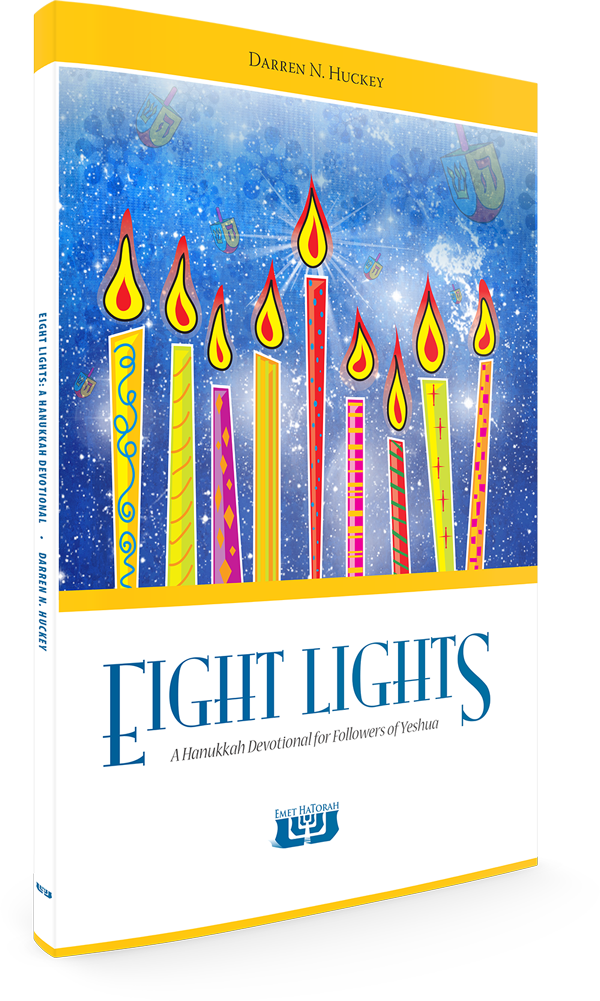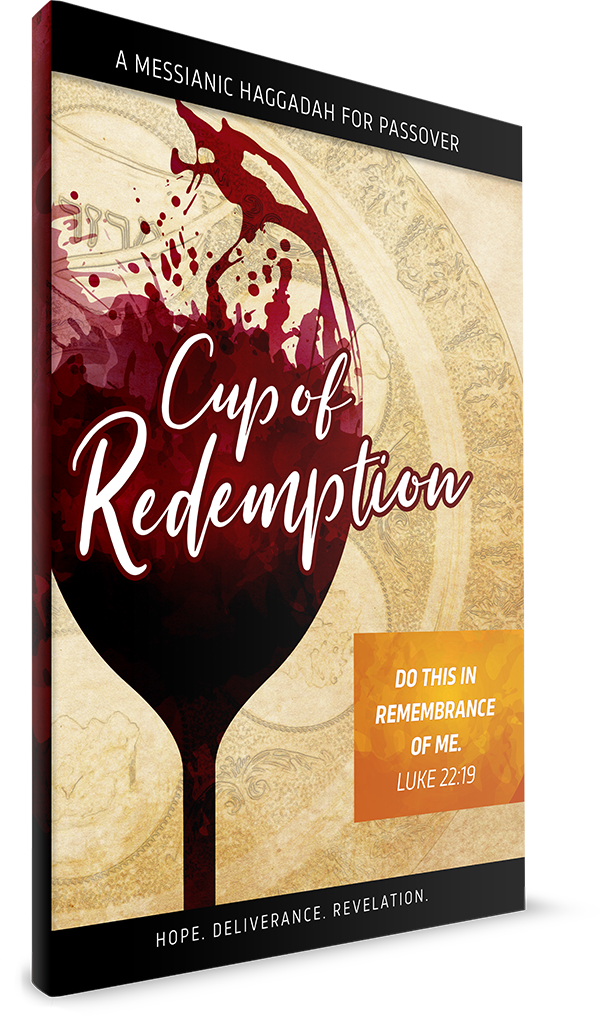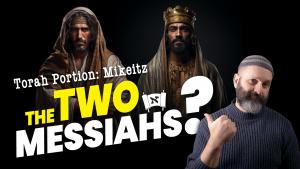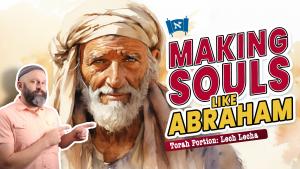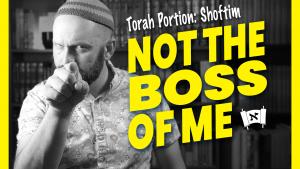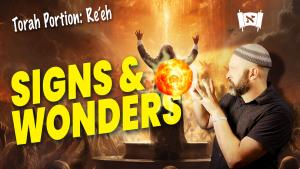A New New Testament
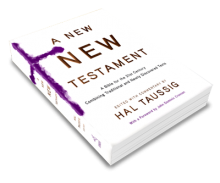
I first heard of A New New Testament (ANNT) from a lady in our church who is a seminary graduate and was excited at the prospect of recovering lost teachings of our Master and his Apostles. She asked if I had heard of it and if I knew anything about it. My second exposure came just a few days later when I was visiting with my pastor and he handed me a newspaper clipping with an article on the release of the same work. He asked if I had an opinion on it. After these two nearly back-to-back encounters I decided that this was something that was drawing attention and there were probably many other Christians who were at least curious to the stir being aroused by its publication and immediately ordered the book to assess and review it.
When a book is released, especially one claiming to be “A Bible for the 21st Century Combining Traditional and Newly Discovered Texts,” an initial review the editorial staff and voices of endorsements seems in order. If one knows much about the academic world in matters of biblical criticism, it’s easy to find where ANNT falls theologically merely by the list of associated names. First, ANNT is the brainchild of Hal Taussig. Taussig, Visiting Professor of New Testament Studies at Union Theological Seminary and Professor of Early Christianity at the Reconstructionist Rabbinical College hand-selected and led the “New Orleans Council,” which determined the “canon” of the ANNT. Then we turn to the council members who contributed to the selection of the texts of this “new canon.” In this list we find several common threads, but the scarlet cord that binds them is their liberal view of Christianity and the orthodox canon. Liberalism, ecumenicalism, feminism, neo-Gnosticism and the rejection of traditional biblical values are at the foundation of this council.
At first glance, two members of this council seem like fish out of water … two Jewish rabbis. But upon learning more about them, we find them birds of the same feather. Although Jewish, Rabbi Arthur Waskow “was ordained a rabbi in 1995 by a beth din (rabbinical court) made up of a rabbi with Hasidic lineage, a Conservative rabbi, a Reform rabbi, and a feminist theologian.” I can only assume “a rabbi with Hasidic lineage” means a formerly-Hasidic rabbi who was excommunicated. As far as the “feminist theologian” goes, how can a non-rabbi be part of a beit din for rabbinical ordination? The other rabbi is Nancy Fuchs Kreimer, a feminist and an outspoken gay advocate and proponent of same-sex marriage.
As far as endorsements go, the leading voices of the (now defunct) Jesus Seminar praise ANNT, including a foreword by John Dominic Crossan and a dust jacket endorsement by Marcus Borg — two theologians who completely deny the resurrection of Jesus and a literal Second Coming.
As far as the texts go, they are a mixture of the traditional New Testament and ten additional texts chosen by the council. The traditional text is comprised of translations of the Open English Bible with edits by Alexis Waller. The additional texts are new translations by Karen King, Justin Lasser and Elizabeth Miraglia. These texts are comprised of the following: A Prayer of Thanksgiving; The Gospel of Thomas; The Odes of Solomon (divided into four separate books); The Thunder: Perfect Mind; The Gospel of Mary; The Gospel of Truth; The Prayer of the Apostle Paul; The Acts of Paul and Thecla; The Letter of Peter to Philip; The Secret Revelation of John.
The curious thing about this list is that all of the texts are of Coptic origin, and all but The Odes of Solomon are part of the Nag Hammadi library. For those unfamiliar, the Nag Hammadi codices include a plethora of Coptic Christian, Gnostic texts dating to around the third century which were discovered in Nag Hammadi, Egypt in 1945. But they also contained portions of Plato’s Republic, as well as some texts related to Greek wisdom, alchemy, astrology and mythology. The glue which holds these works together is Gnosticism — a dualistic belief system which holds gnosis (knowledge/enlightenment) as the ultimate spiritual experience and holds the material world in disdain. It is also the embrace of Gnosticism which drives the ANNT council’s selection of these texts and shapes their view of Jesus and Christianity. This anachronistic view, however, gives a false impression that historic Christianity should resemble a small, sectarian fringe who lost its connection to its roots and easily swooned to Greek syncretism.
The selected order and placement of the books also reveals a good deal of the agenda behind this collection. ANNT begins with The Prayer of Thanksgiving, which reflects the heart of this Gnostic collection:
“We rejoice and are enlightened by your knowledge. We rejoice that you have taught us about yourself. We rejoice that in the body you have made us divine through your knowledge … One wish we ask: we wish to be protected in knowledge.”
It is followed by what “The Council” evidently considers the most important “gospel” — The Gospel of Thomas, a “sayings gospel,” which by definition is no gospel at all. While Thomas does contain many authentic sayings of the Master and can be used for comparative studies, it has been heavily distorted by Gnostic additions throughout. The other works are interspersed throughout the traditional canon, often strategically placed before a similar work from the accepted canon in an attempt to supplant its import and force a Gnostic premise. By in large, the content of these additional works keep them at odds with the the traditional canon and the historical figure of the Jewish rabbi from Nazareth. To classify these as canon is surely a stretch. The Didache, a much earlier and more authentic text from the late first century, was in the running but failed to gain the necessary support from “The Council.” It evidently proved to be too authentic.
In brief, some of the themes which dominate these texts are: Secret revelation is supreme; Sin no longer exists; God is possibly a woman; God has a spouse; Contradiction and duality embody enlightenment; Christ reveals that the God of Creation is “both ignorant and arrogant”; Christ is an abstraction, rather than the Messianic embodiment found in the person of Jesus; Humans are divinely equal with God.
How does “The Council” regard the traditional New Testament canon? The preface states, “Its contents spill sloppily onto its readers, staining and straining their lives with offensive and outmoded information: instructions for slaves to obey their masters, for wives to submit to their husbands, and for readers to think of Jews as coming from Satan.” It also criticizes the rejection of evangelical leaders’ participation in their “re-canonization” upon invitation. This is like a medical community ostracizing a doctor for refusing to perform an autopsy on a living patient.
The overarching question ANNT seeks to answer (and is part of the questioning found within the attached Study Guide) is “Who is Jesus for you?” Rather than allowing Jesus to be Jesus, the first century Jewish Messiah of Israel, ANNT attempts to answer a increasingly persistent question within Christianity: Are historic Christianity and the traditional biblical canon relevant to a postmodern world? It is clear that Taussig and the New Orleans Council have answered this question in the negative. To feel the need for a revised canon is an answer in itself. But are we asking the right question? Should we even feel the need to revise the canon and attempt to reconstruct historical Christianity to fit our current paradigm? Liberal scholarship believes the only way for historic Christianity to be relevant is to find a version of historic Christianity (in this case an obviously heretical one) that matches the current cultural values. The correct question, however, should be: Do our current values within the body of believers reflect historical, biblical truth?
Unfortunately, the New Orleans Council joins a growing number of Christians who have removed Jesus from his biblical, cultural and missional context. And by doing so, they will continue to search for him, looking for him in all the wrong places because we expect him to look like us. But to continue to provide wrong answers to wrong questions is to never know our Messiah. Until we look at Jesus not as a liberal, feminist liberator, nor as an advocate of “all expressions of love,” nor as a philanthropist, nor as a Gnostic philosopher, but as a devoutly Torah-observant Jew fulfilling the role of Messianic Redeemer of Israel we will continue to ask and answer the wrong questions.
Probably the only “good” this book offers is its ability to show us that the early believers struggled as much with heretical teachers in the early days as we do now. If you read this with this understanding, then you will have benefitted from A New New Testament.

